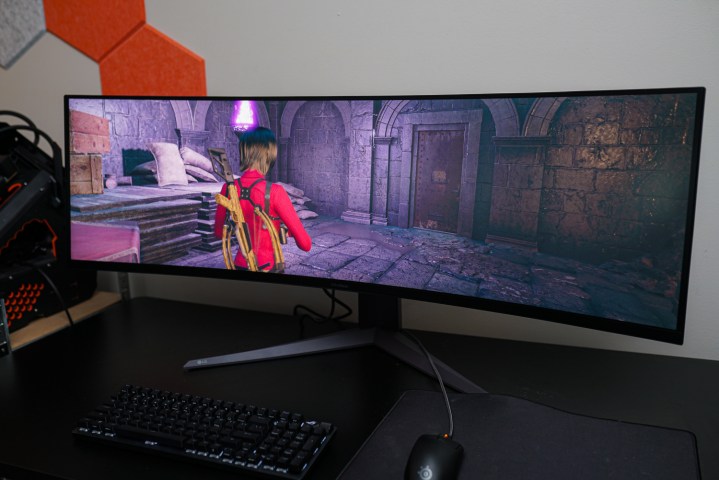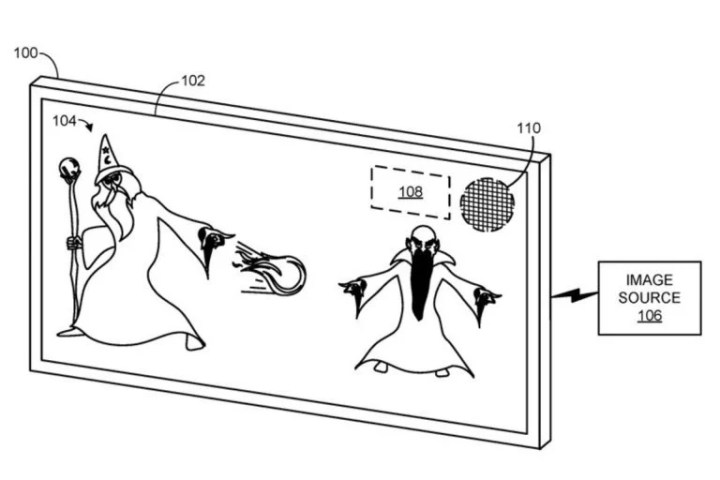
Microsoft is working on a new patent that aims to bring unprecedented levels of control to displays. The new tech, dubbed Pixel Luminesce for Digital Display, allows you to micromanage every single pixel of your display, adjusting the brightness as needed. If and when this makes it out of the development stage, it could end up being huge for all sorts of use cases, and could bring major improvements to some of the best gaming monitors.
The patent application describing the tech, first shared by Windows Report, describes the new technology as something that would enable selective dimming. With Microsoft’s new tech, you could decide that one part of the display stays brighter while the rest of it remains unaffected, and this would happen dynamically.
Microsoft aims to achieve this by using something called an EM gate driver, which controls the brightness of each pixel through signals. The EM gate driver would get information from a luminance controller, instructing it to send pulse-width-modulated signals to each row of pixels. This seems to be a simple “on” and “off” switch, making parts of the screen dimmer or brighter on demand.

Reportedly, these signals can happen at the same time or separately, and their length determines the strength of brightness of each pixel. Their timing, on the other hand, is said to affect the color of each pixel, potentially improving color accuracy. Windows Report also names power consumption as a benefit of this technology, because using pulse-width modulation can help a monitor save power.
It’s hard to say when this tech might come out on the mainstream market, as it’s still very early on. However, if Microsoft’s Pixel Luminesce does become commonplace one day, it could be a massive improvement over the current state of things. Dynamic dimming should offer a more immersive experience in games and movies.
Imagine a scenario like emerging from a cave in a 3D game, with the screen slowly coming alive in turn. Being able to run on lower brightness could also certainly be helpful for power consumption, and possibly even the longevity of a display. For now, we’ll just have to wait and hope that Microsoft goes ahead with this patent.



